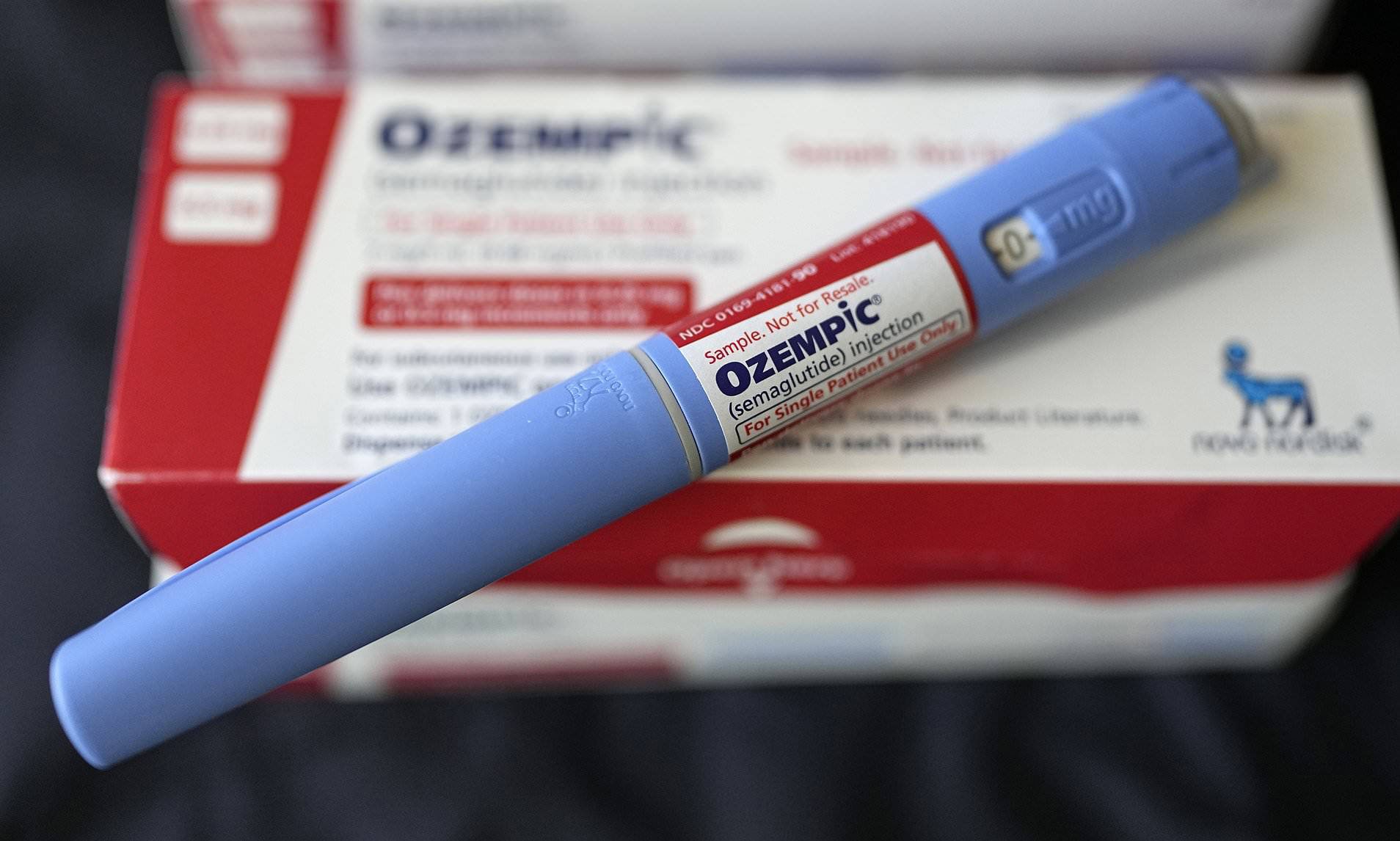Goldman Sachs has projected a notable economic upturn in the United States with the increased usage of GLP-1 weight loss medications. According to their estimations, if around 60 million Americans start utilizing these drugs by 2028, it could lead to an additional 1% growth in GDP.
The reasoning behind this forecast lies in the significant impact of poor health on economic productivity. Conditions such as illness, disability, premature mortality, and caregiving responsibilities can all contribute to a decline in labor force participation and efficiency. Goldman Sachs economist Jan Hatzius suggests that GDP could potentially increase by over 10% if these adverse health outcomes were addressed in the US.
GLP-1 medications, marketed by major pharmaceutical companies like Novo Nordisk and Eli Lilly, have gained attention for their effectiveness in promoting substantial weight loss, up to 20% of body weight, among individuals with type 2 diabetes and obesity. Additionally, these drugs have shown promise in alleviating symptoms of sleep apnea and reducing the risk of cardiovascular events.
Given the prevalence of obesity, affecting approximately 40% of the US population, there exists a substantial market for GLP-1 drugs. Goldman Sachs estimates that anywhere from 10 million to 70 million Americans could potentially benefit from these medications by 2028, contingent upon factors such as availability, insurance coverage, and clinical trial outcomes.
The potential economic benefits associated with increased GLP-1 utilization extend beyond individual health improvements to include enhanced productivity. Studies indicate that obese individuals are not only less likely to participate in the workforce but also exhibit reduced productivity when employed. By addressing obesity-related health complications, there is the prospect of significant gains in workforce productivity and overall GDP growth.
In summary, advancements in healthcare, particularly the widespread adoption of GLP-1 medications, have the potential to drive substantial economic expansion by improving health outcomes and bolstering workforce productivity.















































